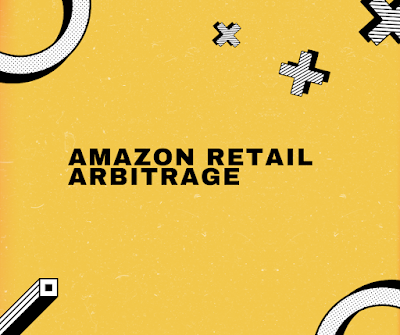Amazon Retail Arbitrage
Becoming an Amazon retail arbitrage requires a few steps:
Research and learn: Start by researching the Amazon retail arbitrage model and learning the ins and outs of the business. Look for online resources, courses, and communities that can teach you the basics of sourcing products, listing items, managing inventory, and pricing.
Find profitable products: Look for products that you can buy at a lower price in retail stores and resell on Amazon for a profit. Use tools like the Amazon app, Keepa, or CamelCamelCamel to compare prices and check the demand for the products you're interested in.
Source products: Once you've identified profitable products, you need to find them in retail stores. Visit local stores, scan the products using the Amazon Seller app, and compare the prices to the selling price on Amazon. You can also consider online retailers and wholesalers.
Create an Amazon seller account: To start selling on Amazon, you need to create a seller account. You can choose between two types of accounts: an individual account or a professional account. The professional account requires a monthly subscription fee, but it allows you to sell an unlimited number of products.
List and sell products: Once you've sourced your products, create a listing on Amazon, and set the price. Consider using Fulfillment by Amazon (FBA) to handle storage, packaging, and shipping of your products. FBA can help you save time and improve your customer's experience.
Monitor and optimize your listings: To be successful in Amazon retail arbitrage, you need to stay competitive. Monitor your listings, track your sales, and adjust your prices and inventory accordingly. Keep an eye on Amazon's policies and fees to avoid any penalties or restrictions.
Remember, becoming an Amazon retail arbitrage takes time and effort. It's important to be patient, persistent, and willing to learn from your mistakes




Comments
Post a Comment